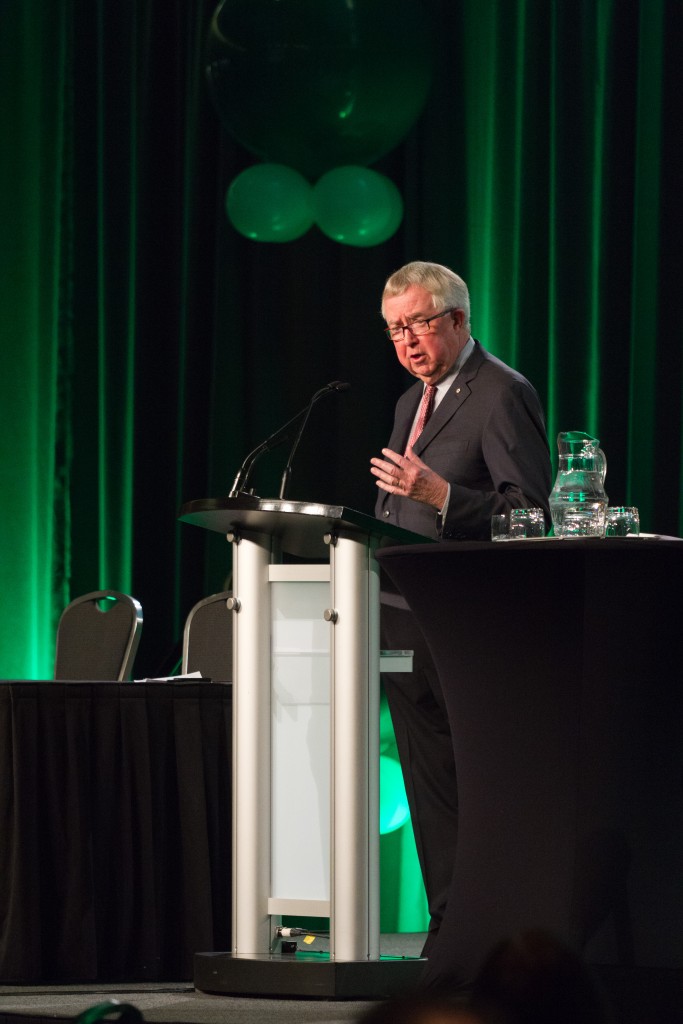Though ineffective in the past, the honest and endearing image that Joe Clark embodies so well is now being welcomed — most recently, by more than 700 participants at the Grain Farmers of Ontario March Classic. There, the former prime minister noted that despite Canadians’ interest in “local,†they don’t understand the rural parts of our country, including agriculture, from which local emantes. People claim to have an interest in down-home values, but rural Canada is an unknown entity to most of the country.
And no wonder. Urban Canada keeps gaining more people, none of which are rural Canada’s advocates or critics. An entry on Statistics Canada’s website called “Canada Goes Urban” bears witness to the population situation. While the number of Canadians living in rural areas has been relatively stable, those living in population centres has been rising steadily. This means the proportion of Canadians who live in rural areas has fallen, and is now the third lowest among G8 countries. But unique to rural Canada is the small proportion of young adults aged 15 to 29 who live there. In 2011, 17 per cent of people living in rural areas were aged 15 to 29; the national average is 20 per cent. At the March Classic, Clark said rural Canada has to make its value known “quite starkly” to urbanites who care more about playing golf there than supporting agriculture. That’s important to the planet’s fifth-largest exporter of agriculture and agri-food products with export growth. Rural Canada has a long road ahead to not only tell its story to other Canadians, but to make them believe it, too. It can’t wait for someone else to do that job.



